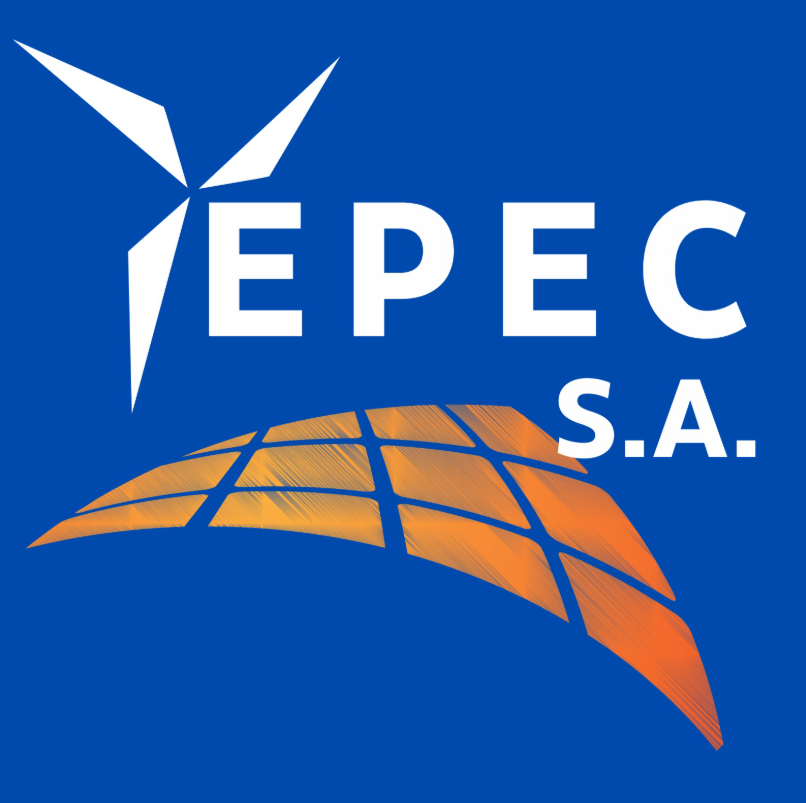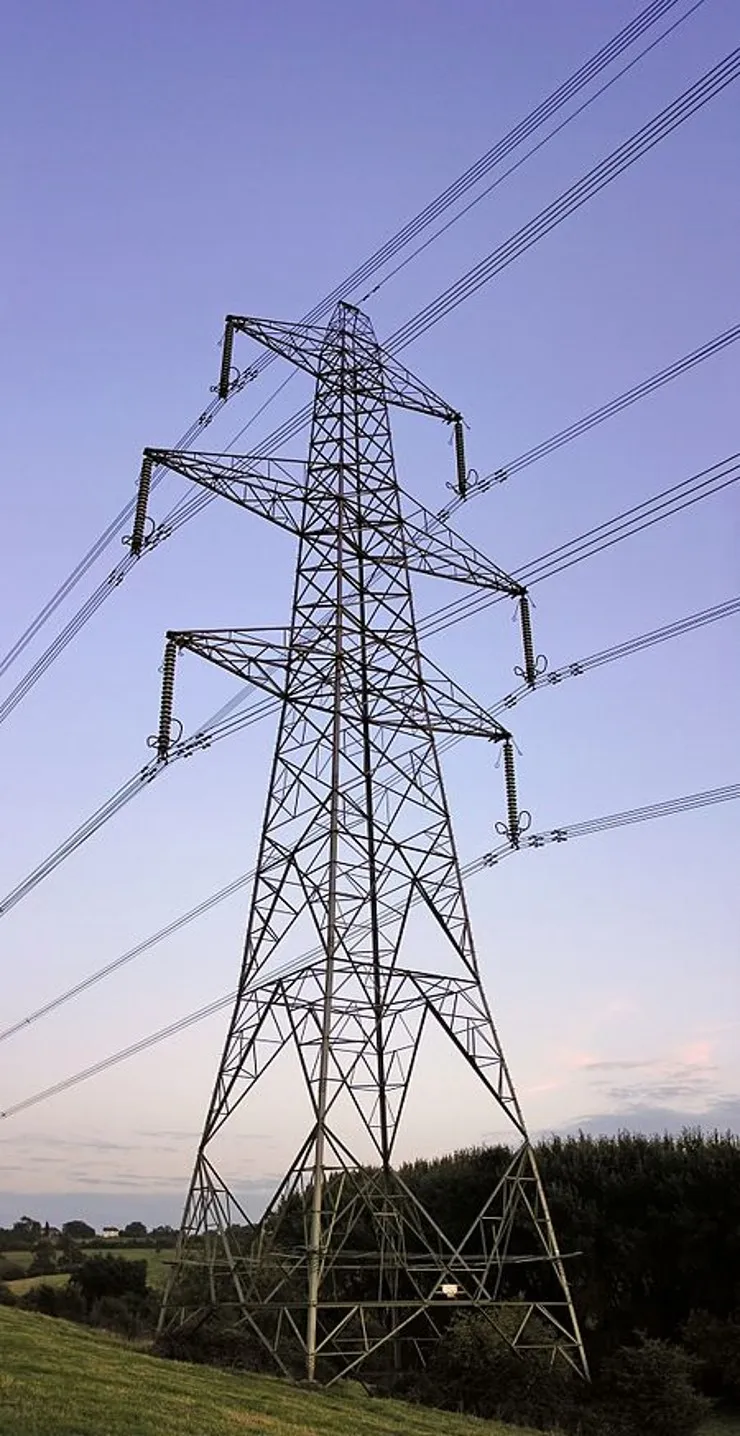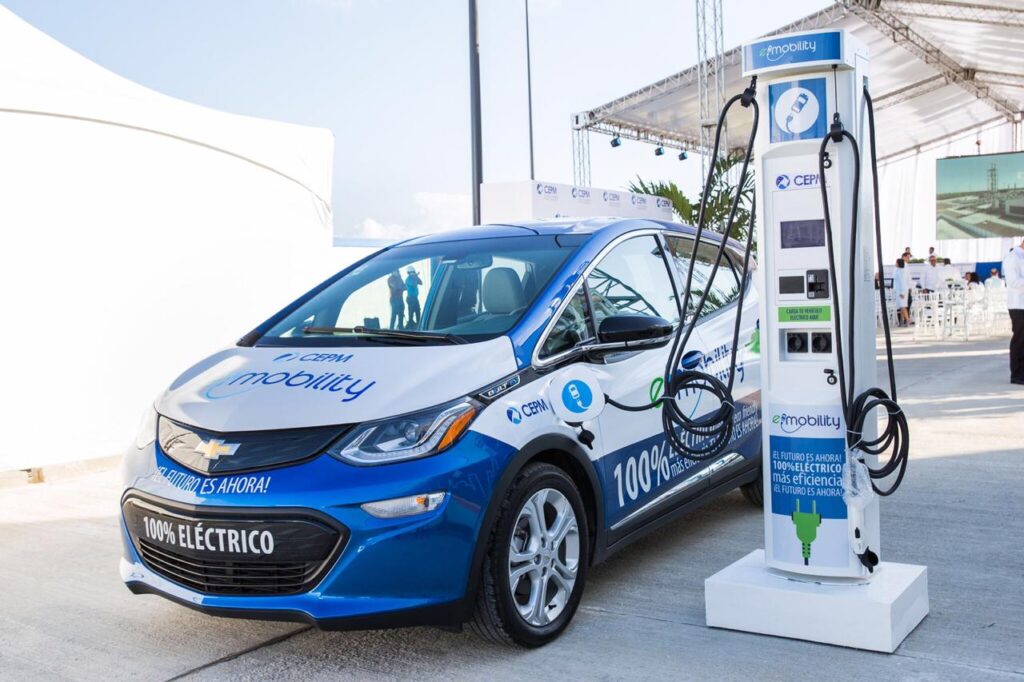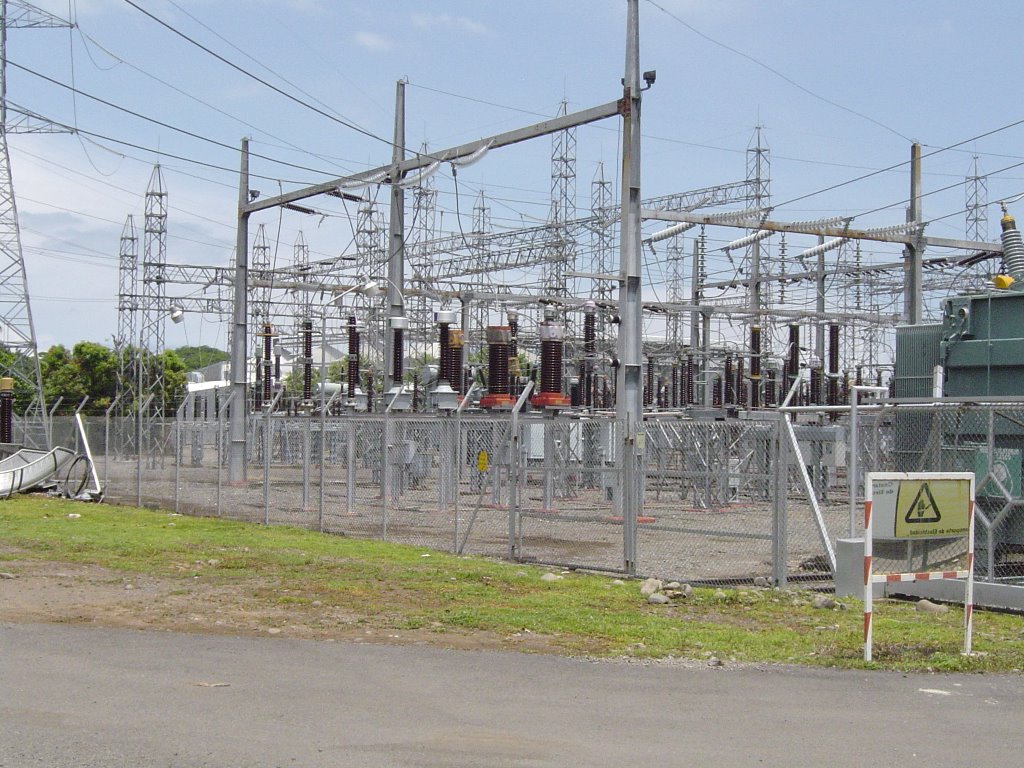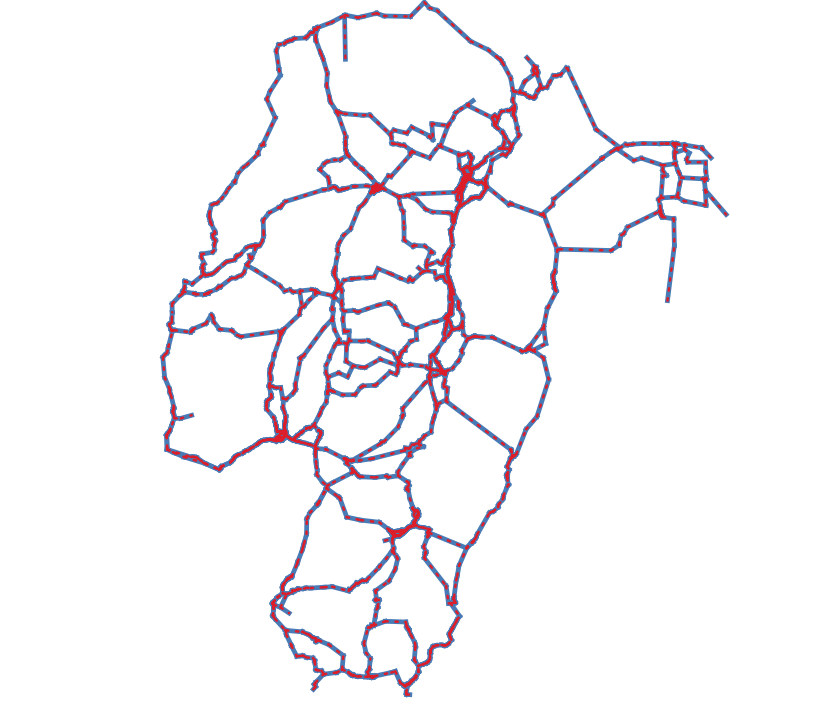Design and economics of EV fast charger corridors in Ecuador
The project was framed within the technical and institutional support provided by the Inter-American Development Bank (BID) and the Ministry of Transportation and Public Works (MTOP) of Ecuador, aiming to promote electromobility as part of the country’s decarbonization commitments. EPEC S.A. colaboradores contributed significantly through their technical and strategic expertise. The work focused on analyzing the existing conditions and developing a national-level plan for electric vehicle (EV) infrastructure deployment, considering international experiences and local regulatory frameworks. This initiative aligns with Ecuador’s National Determined Contributions (NDCs) and long-term plans to reduce emissions, incorporating lessons from Costa Rica, China, and Germany, among others.
GIS-Based Location Methodology: The technical component led by EPEC S.A. included the development of a GIS-based computational tool in Python to determine optimal locations for public EV charging stations. This tool integrated diverse geospatial layers—such as road networks, bus routes, medium-voltage three-phase grids, traffic patterns, topography, and environmental risks—to identify strategic sites. Simulations were conducted using energy consumption models for EVs (like the Nissan Leaf and EBUSCO 2.2 buses), incorporating variables like elevation profiles and vehicle mass. The methodology ensured national coverage by 2040 with 10,000 EVs projected by 2025, requiring over $1.6 billion in phased infrastructure investments.
Business and Economic Framework: EPEC S.A. colaboradores also contributed to the economic analysis and business model evaluation, comparing international models from the U.S., China, Norway, Chile, and Colombia. Two tailored models were proposed for Ecuador: one with public ownership (via electric distribution utilities) and another with private operators. A Microsoft Excel tool was built to simulate financial outcomes under pessimistic, base, and optimistic scenarios, analyzing factors such as subsidies, tax exemptions, investment costs, and usage projections. Both models showed viability under base and optimistic conditions at a 20-year horizon, while the pessimistic scenario required stronger fiscal incentives.
Strategic Roadmap for Implementation: The final section of the report presented the ENIRRVEE roadmap (Estrategia Nacional de Implementación de Red de Recarga de Vehículos Eléctricos del Ecuador), structured into three phases: 2025—2026 (planning and regulatory setup), 2026–2030 (initial deployment and evaluation), and 2030–2040 (expansion and optimization). The roadmap emphasized institutional coordination, public-private partnerships, education, and user behavior regulation (e.g., charging time limits beyond 80 %). Key milestones include the launch of a unified management platform, a national network of 500 fast chargers, and at least 10 high-capacity corridors integrated with mass tranfer.
The project represents a pioneering effort in Latin America to integrate technical, economic, and policy frameworks for electromobility. It provides Ecuador with a clear and actionable path to achieve its zero-emission transportation goals. The combination of robust geospatial analytics, realistic financial modeling, and phased policy actions positions the country to meet both environmental and mobility targets. EPEC S.A.’s colaboradores’ interdisciplinary approach and the tools developed throughout this project leave a lasting foundation for future implementation and replication in similar contexts.
Contact: Veronica Briceño – MTOP
